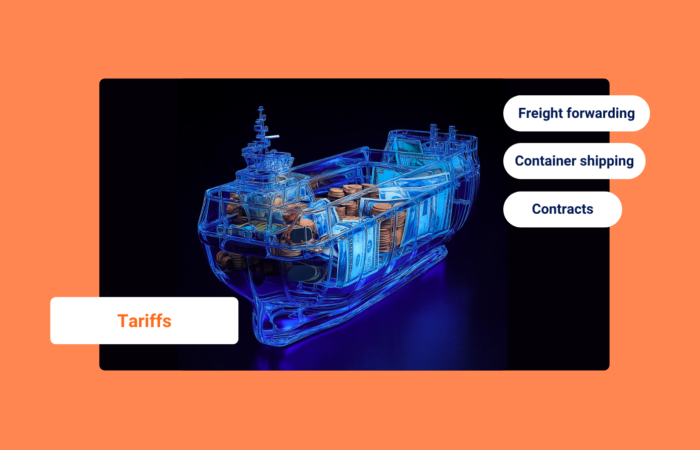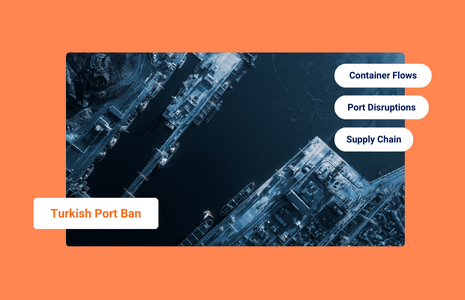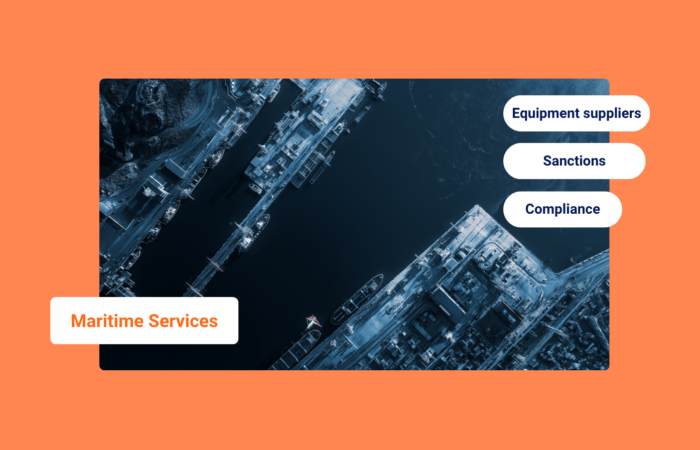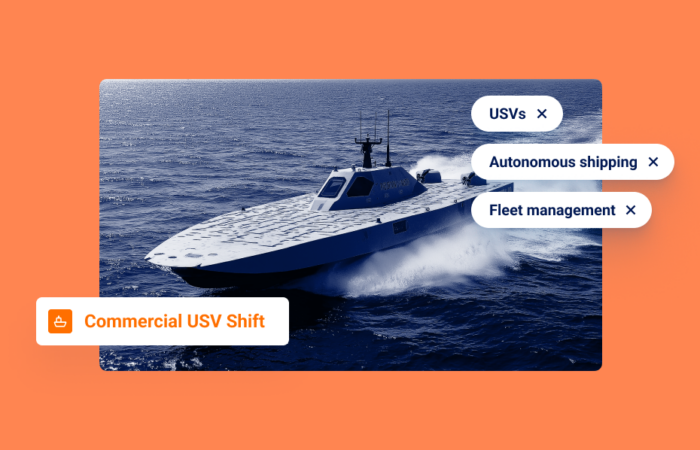Solving the Early Detection Problem for Freight Forwarders & Logistics Organizations

What’s inside?
Supply chain and logistics disruptions have emerged as a critical challenge for global commerce, reflecting the intricate interdependencies of modern trade networks. Factors such as geopolitical events, extreme weather, labor disputes, etc., can cause unprecedented fluctuations in trade routes, delays in shipping timelines, and escalated costs across industries.
The ripple effects are felt worldwide, with shortages of essential goods, inflated prices, and strained production lines. These disruptions underscore the vulnerability of global supply chains and the urgent need for adaptability and strategic planning in navigating uncertainties.
Unfortunately, by the time freight forwarders and logistics providers discover disruptions, it’s often too late to mitigate the ripple effects.
Constant Black Swan Events
Black swan events – events that used to only happen once in a blue moon, affecting everyone – now seem to occur in succession, one after the other.
Since only 2020, we have seen a sequence of events that upended global trade and impacted geopolitics: a global pandemic, a six-day blockade of the Suez Canal due to a stuck cargo vessel, the Russia-Ukraine war and accompanying sanctions, and the Red Sea crisis once again blocking the Suez Canal for a more than a year.
As businesses scramble to adapt and build resilient supply chain strategies, early detection is key. It’s important to note that small anomalies might not impact millions of containers worldwide, but they can still result in costly delays. And these smaller disruptions could go unnoticed if operators rely solely on media outlets, for example.
Detecting black swan events, or smaller but still impactful anomalies, requires the use of dynamic artificial intelligence (AI) systems capable of continuous monitoring, identifying hidden patterns and anomalies in vessel activity, and uncovering potential threats, without relying on pre-existing intelligence or assumptions.
Even when we know that major events are going to happen, the real challenge is understanding their projected effect on logistics operations and customer deliveries. Take storms, for instance – they’re becoming more intense and hitting multiple locations, but not always in the same way.
It’s crucial for companies to possess both data on an approaching storm, but also contextual insights – knowing whether a disruption will actually affect their specific shipments.
This is where data and analytics come in. By providing a contextualized view of how weather-related or geopolitical events impact their shipments, companies can be the first to know and respond proactively. With this approach, shippers and 3PLs can mitigate supply chain risks at scale, enhancing resilience.
The Data Deluge
Ocean freight operations generate an enormous amount of data, from vessel locations and cargo details, to weather patterns and port information. But with this comes a significant challenge – sifting through an overwhelming volume of “dots on a screen.”
Each dot represents a potential decision point, but the sheer scale can often cloud, rather than clarify, your understanding. It’s easy to miss critical signals when you’re drowning in data, leading to slower response times, or overlooked risks. How do you transform this data deluge into actionable insights?
Many companies attempt to do this manually. They use data from news monitoring and port updates, process it to the best of their ability, and make educated guesses about what might happen. This approach is often inaccurate and labor-intensive, especially during widespread disruptions.
Introducing Windward’s Early Detection
Windward’s Early Detection is a groundbreaking AI solution that provides a comprehensive, data-driven view of global events that disrupt supply chains and impact trade.
Our advanced AI models detect critical anomalies – such as port congestion, draft changes, vessel dwell time, and container drifting – and connect these insights directly to their impact on your cargo and operations.
Powered by MAI Expert™, our generative AI virtual analyst, Early Detection delivers valuable context, actionable insights, and tailored recommendations to help you and your stakeholders proactively minimize and manage disruptions.

By combining Windward’s proprietary data with open-source intelligence, including news and social media, this solution enables you to strengthen customer trust and optimize operations.
Windward’s technology-driven approach leverages extensive datasets, including 14 years of the company’s historical data and real-time news integration, to deliver only the most relevant, actionable insights to our customers. In our view, this data-driven strategy is the most scalable way to manage and mitigate the impact of disruptions effectively.
“Intelligence is power, and those with the earliest data and insights, inevitably lead the market. Early Detection acts like a crystal ball, eliminating the surprise and chaos around evolving trends or events providing our customers with an unprecedented advantage,” said Ami Daniel, Co-Founder & CEO of Windward. “Not only does this innovative tool highlight unexpected activities at sea, but coupled with MAI Expert™, it also provides the possible context behind these anomalies and the action that needs to be taken.”












